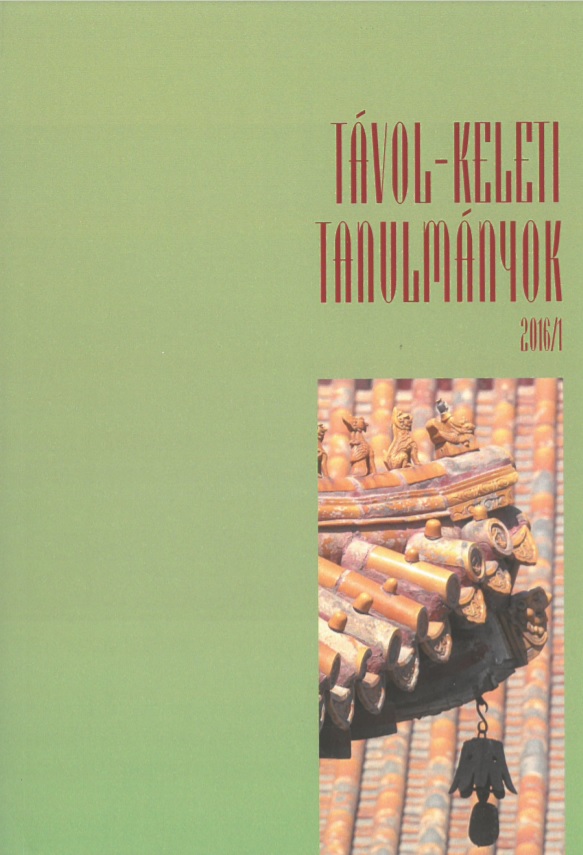Published 2017-03-01
How to Cite
Copyright (c) 2017 the author(s)

This work is licensed under a Creative Commons Attribution-NonCommercial 4.0 International License.
Abstract
This article gives an overview of the three-hundred-year history of one of the largest Mongolian monasteries. During the Manchu period (1691–1911) and the sovereignty of the Mongols (1911–1921), it was the residence of the Sain Noyon Khans, the rulers of Sain Noyon Khan Aimag. Although written sources contain inconsistent data about its foundation, development, and the names of its temples, the reminiscences of three old monks lively illustrate the life in the monastery and its vicinity before the destruction of the monastery. The monastery had various types of temples and schools, moreover, it was the headquarter of the Sain Noyon Khan himself. A local reincarnation and a Tibetan master resided there permanently, and the Thirteenth Dalai Lama also visited it in 1906. The monastery was totally destroyed in 1937–1938, but after the democratic changes old monks rebuilt a temple in 1990, and started to educate the new generations of monks. The area is rich in gold, thus the usual task of the monks is to pacify the local spirits. Many of the statements of the article derive from the results of the ‘Documentation of Mongolian Monasteries Project’, taking place in 2007, which aimed at documenting all monasteries that ever existed in Mongolia.
